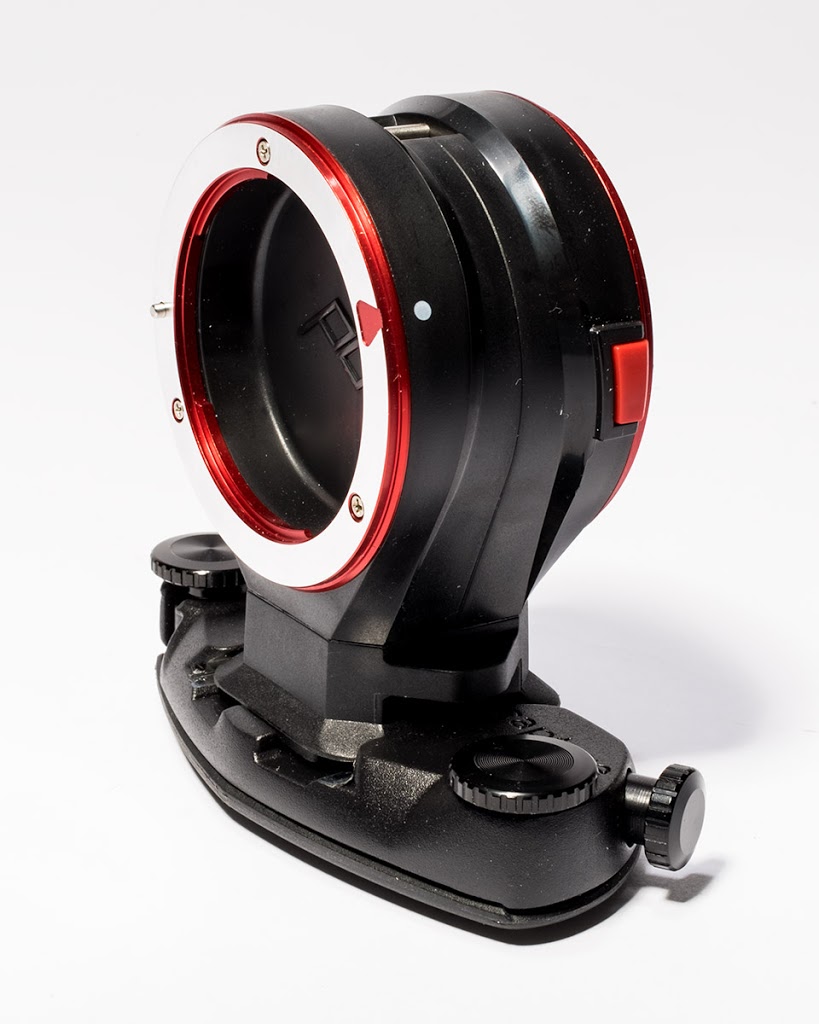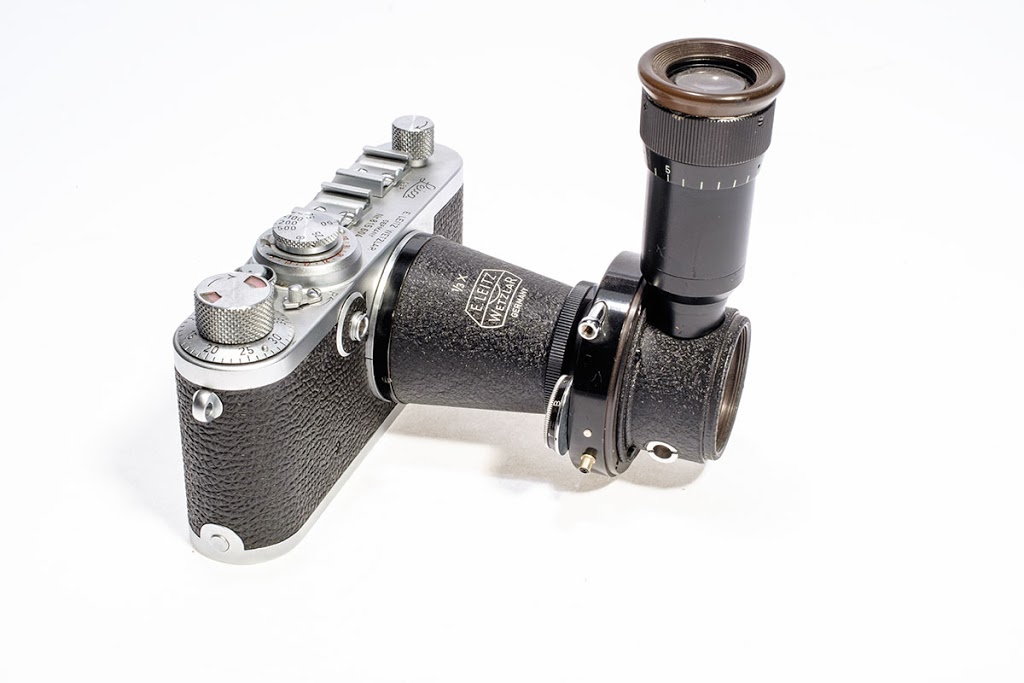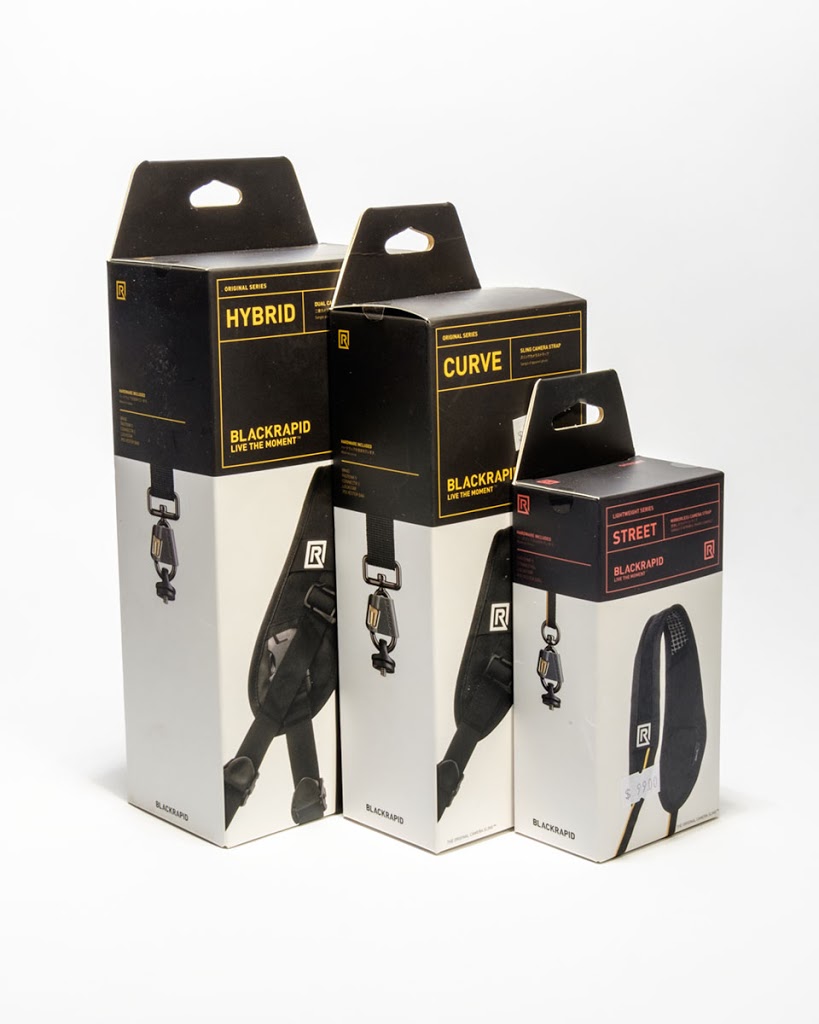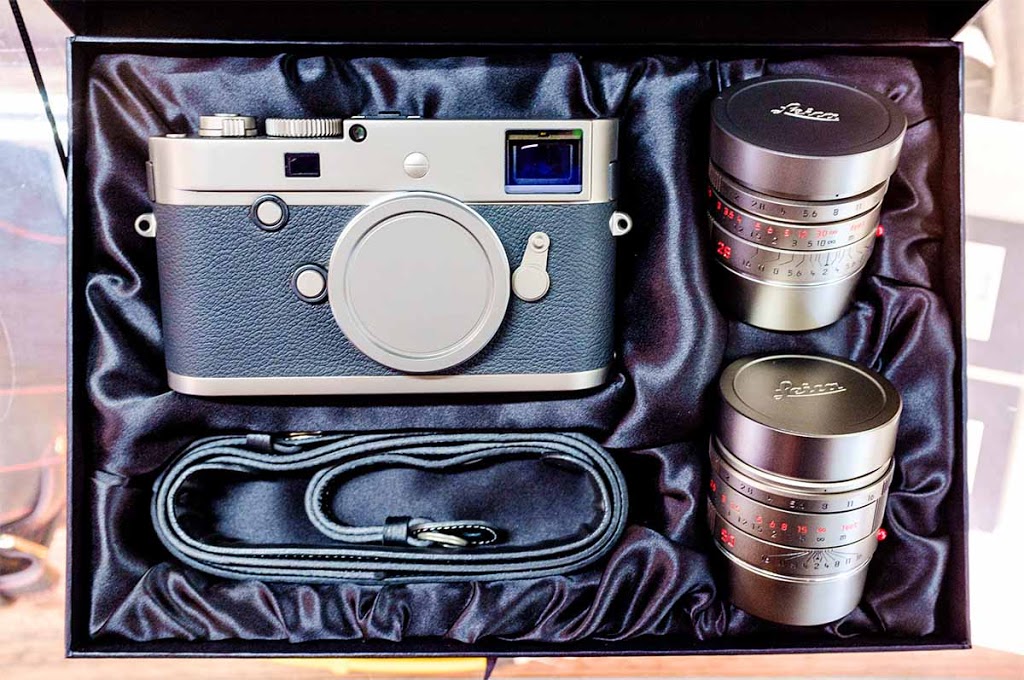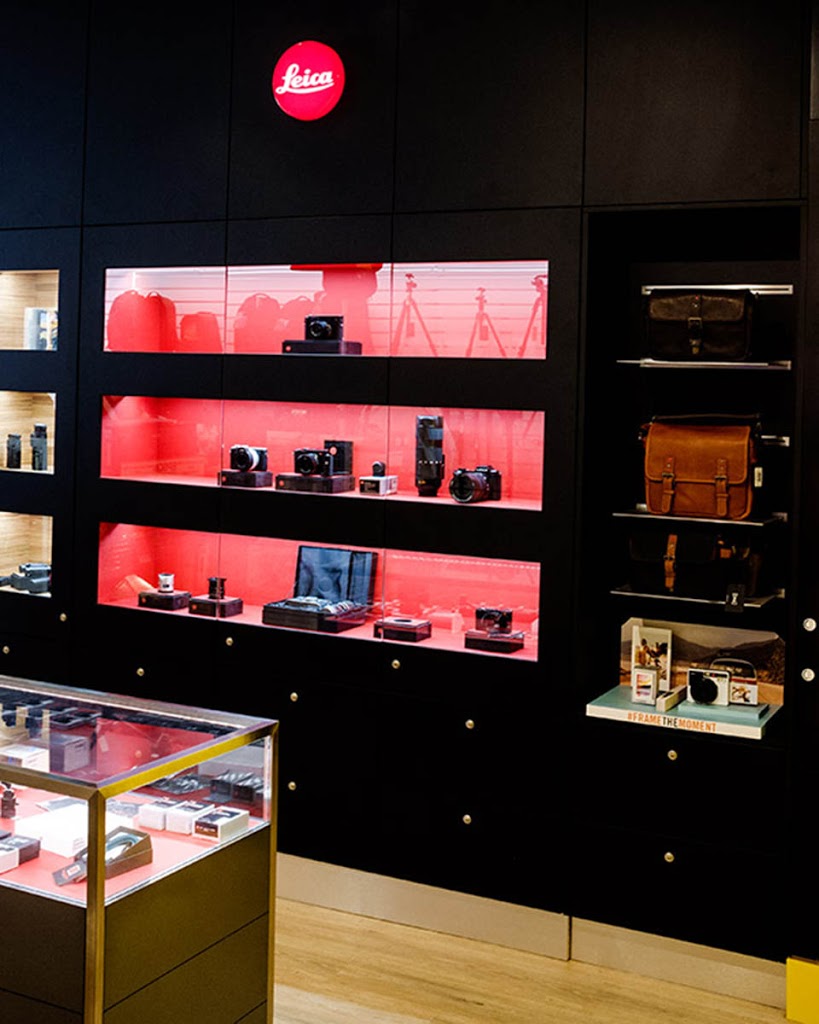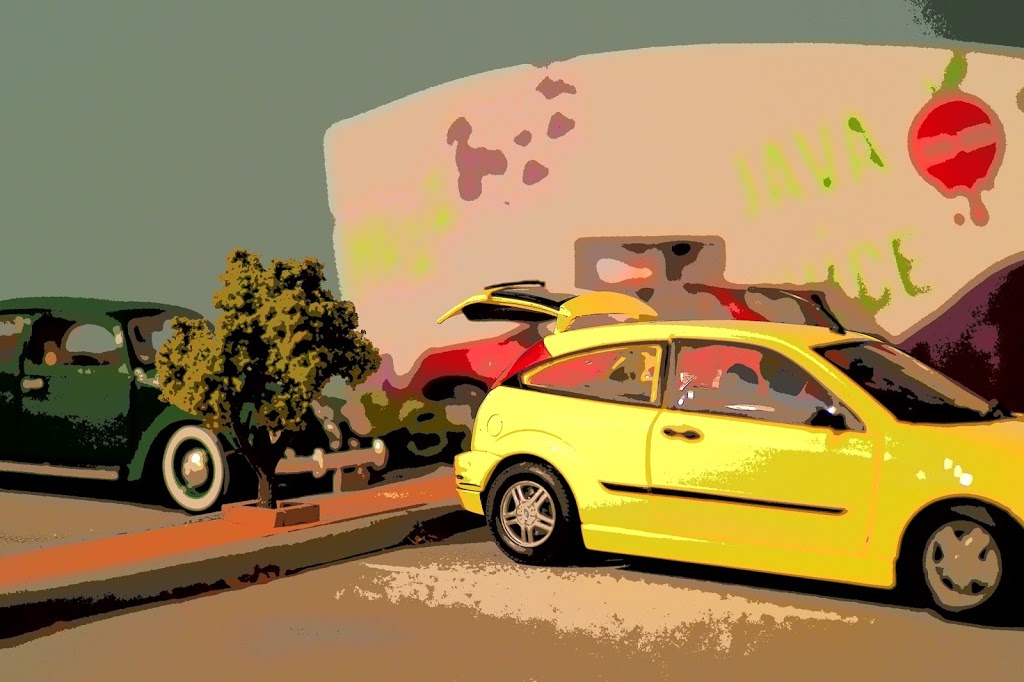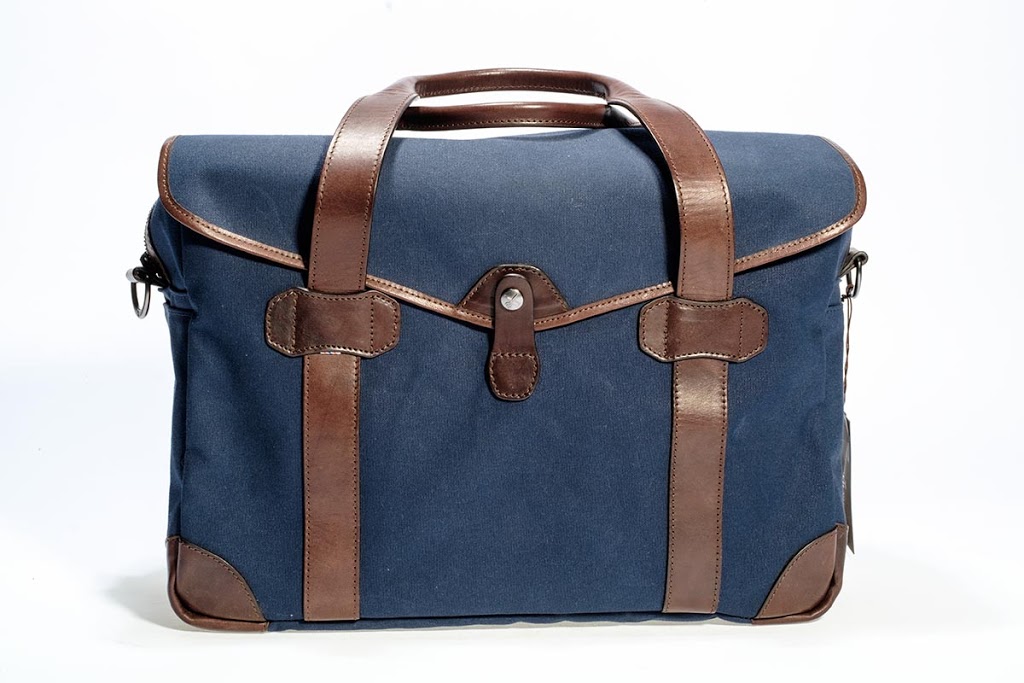25 Apr Shouldering the Burden Of Sony With Peak Design
I am going to risk it. I know the ice is thin, and the nerves even thinner, but here goes: another review of a Sony product. Or rather, a product that can be used with a Sony camera… I have reported on Peak Design equipment before, and from the original mention some years back until now, my opinion of the brand has improved. I think it is because their design department have had better ideas and their manufacturing division has been able to translate these into good products. The Original peak Design product we saw in Camera Electronic was a belt holder for cameras - a quick release clamp that enabled you to put a camera on your shoulder strap or belt and then secure it with a click of a button. The CE staff at the time all got samples to go away and try - I demurred - the idea seemed uncomfortable. Whenever I tried it I envisaged disaster if I was not careful how I mounted the camera. Remember I’m the man who dropped a Leica M3 with a...


